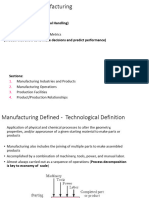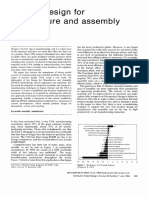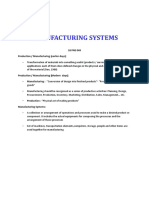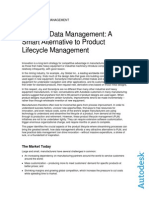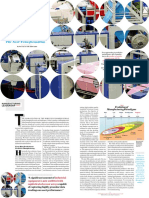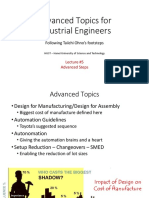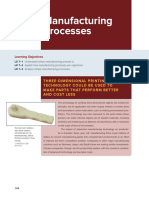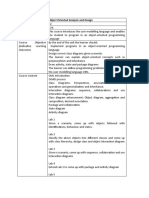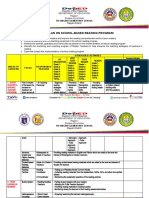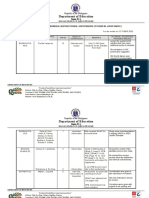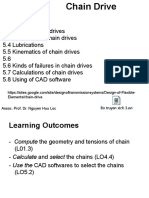0% found this document useful (0 votes)
49 views5 pagesTransforming Data Into Action (The ALPLA Case Study)
ALPLA, a leading manufacturer of plastic packaging, is leveraging the Crate IoT Data Platform to enhance factory efficiency by utilizing real-time data for monitoring and decision-making. This digital transformation has resulted in significant improvements in Net Equipment Efficiency and reduced manual adjustments, leading to substantial cost savings. The implementation of a centralized Mission Control and automated feedback systems has streamlined operations and minimized production errors.
Uploaded by
k57224995Copyright
© © All Rights Reserved
We take content rights seriously. If you suspect this is your content, claim it here.
Available Formats
Download as PDF, TXT or read online on Scribd
0% found this document useful (0 votes)
49 views5 pagesTransforming Data Into Action (The ALPLA Case Study)
ALPLA, a leading manufacturer of plastic packaging, is leveraging the Crate IoT Data Platform to enhance factory efficiency by utilizing real-time data for monitoring and decision-making. This digital transformation has resulted in significant improvements in Net Equipment Efficiency and reduced manual adjustments, leading to substantial cost savings. The implementation of a centralized Mission Control and automated feedback systems has streamlined operations and minimized production errors.
Uploaded by
k57224995Copyright
© © All Rights Reserved
We take content rights seriously. If you suspect this is your content, claim it here.
Available Formats
Download as PDF, TXT or read online on Scribd
/ 5










